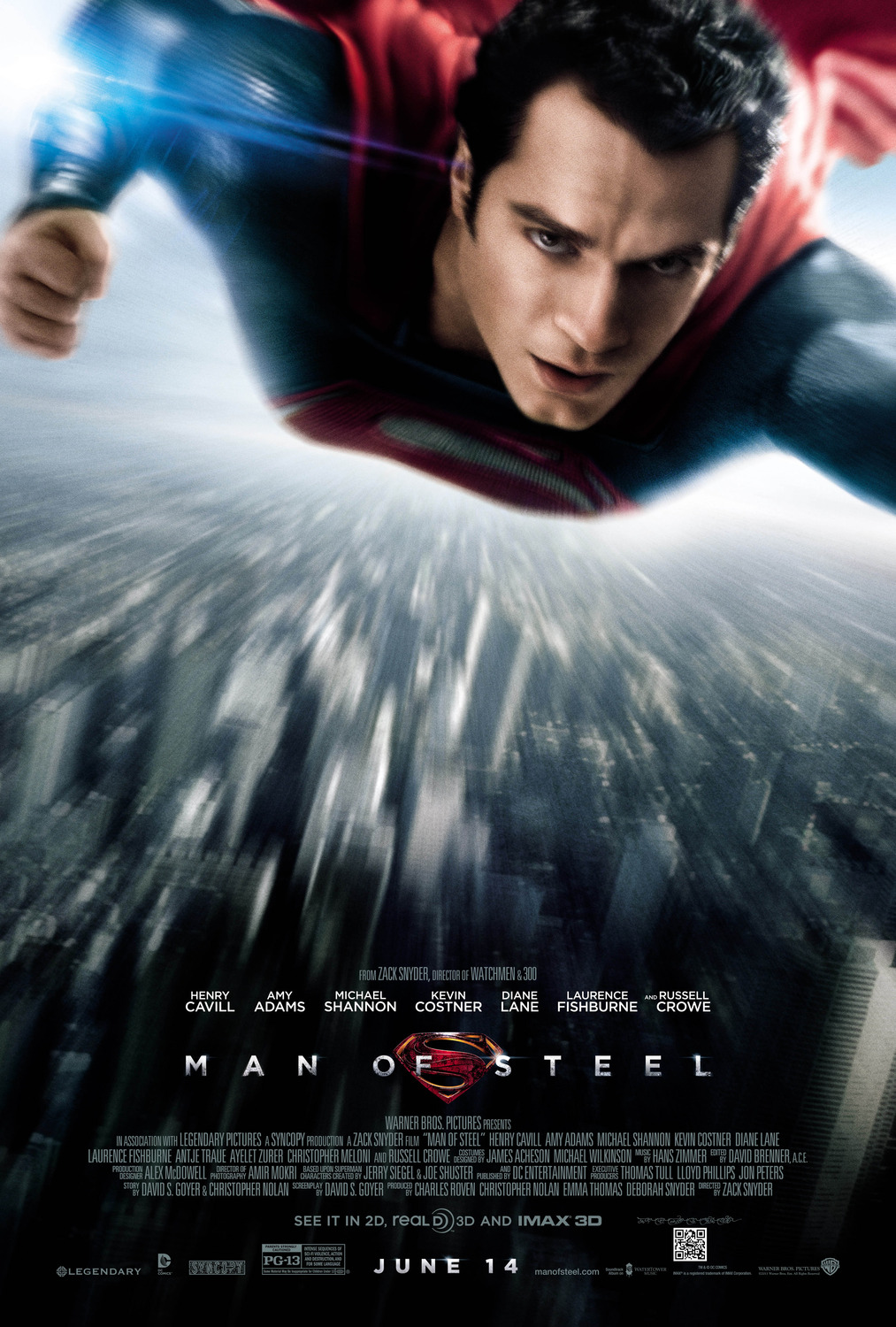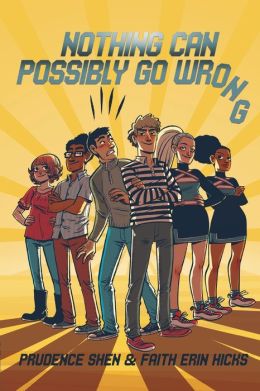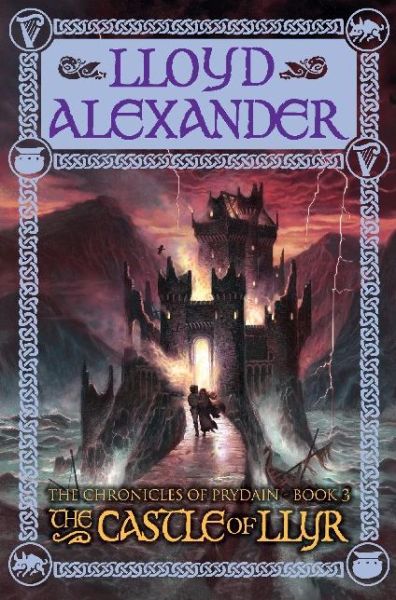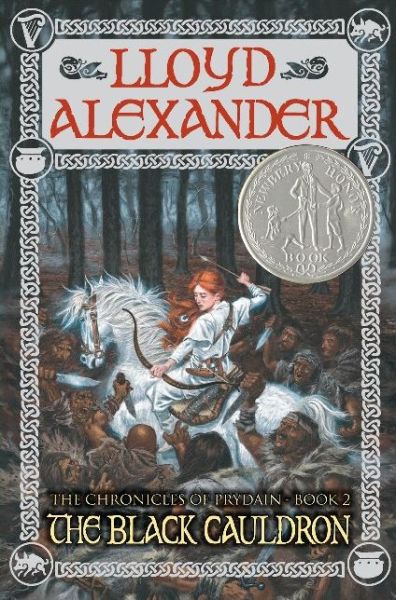
2 out of 5 Covers
I feel I should preface my review of the recent Superman
movie by stating that I went in biased.
Superman may not be my favorite superhero, but as an avid comic book
reader and scholar, am I versed in the history and characterization. So I have certain expectation of what Superman
should be like. My proprietariness of a cultural
artifact is a discussion for another time.
The earliest previews teasers for Man of Steel, with their introspective navel-gazing, did not meet
my expectations. While later previews
did a better job of advertising the movie, they were hard-pressed to overcome
my initial reaction. So I went into the
movie not expecting great things.
The short review: it was better than Green Lantern, in that Green
Lantern was woefully miscast and often
boring. Man of
Steel was adequately cast and had way too much action.
My long review is going to go into detail, so here be
spoilers.
I was physically disgusted by the level of destruction and
violence that occurred in the third act.
It may seem odd for someone who enjoys comic books and superhero movies
to be moved to an almost visceral reaction to violence. But I am fine with action when it is in
service of the story, propelling the characters and conflicts. This was violence for violence’s sake, and I have
a very low tolerance for that.
A key part of the third act is the destruction of a portion
of Metropolis. One problem is that
Metropolis had not been established as in any way important to this Superman
and his story. They could have picked
any major city (or better yet, any isolated location that would not have
involved millions of people). They only
used Metropolis for the pre-existing knowledge that the viewer had to bring to
the story.
That the attack on Metropolis resulted in several blocks of
skyscrapers and people being pulverized into dust was repulsive. Why? Because superheroes are supposed to save
lives. There were two machines on opposite
sides of the world involved in the attack, but as shutting down one would shut
down the other, why did Superman have to go to the far distant and isolated
one? There was no narrative reason for
it. My father said he found the destruction
no different to the battle of New York in The
Avengers. There is a key difference
in that the Avengers worried first about protecting civilians and setting up a
perimeter to contain the invasion. The
loss of (fictional)lives in Man of Steel
served no purpose in the story, especially when contrasted with Superman’s
action stopping the villain Zod from killing a family in the finale. What made that family so special that
Superman would save them but not anyone else?
So the third act ruined the entire movie for me. What about the first two acts? They were okay, if you can get over the idea
that Clark Kent could be thirty-three and still have no idea what to do with his
powers. Jonathan Kent, really
messed up his son. Jonathan is supposed
to be the one who instills values and morals in Superman, but in this story he
seems to do the opposite. This is
highlighted in Jonathan’s death scene where he acts to save lives while telling
Clark not to. The underlying message was “Do as I say, not as I do.”
While I found the portrayal of Jonathan Kent wrong-headed, I
will say that Kevin Costner did a great job with the material he was
given. Most of the actors did good
with the material. Yes, this means I am
putting the blame for the awfulness of the film partial on director Zack Snyder
(in particular the ugliness of Kryptonian design), but almost entire on the
script by David S. Goyer. The regular
flashbacks resulted in poor story structure and while there were themes introduced,
they were never developed in any meaningful way.
Like I said, the
actors did a fair job with the material they were given, sometimes taking a
thin and thankless part and fleshing it out nicely. Henry Cavill was adequate as Superman. He looked the part and emote what the scene
called for; but there were terrible inconsistencies in how he was being asked
to portray Superman. So he wasn’t
definitive, but he didn’t hurt the mythos.
What did hurt was Amy Adams as Lois Lane. I would be fine with Lois being a redhead if I
for one second could believe it was an intelligent and driven reporter on
screen and not Amy Adams. The
intelligence wasn’t there as she did some really dumb things (‘Oh, the FBI just
showed up at my building as part of a massive manhunt for me, but I bet they
didn’t secure every exit’). She was
placed in situations because it was important narratively and not for any
logical reason. Why did Zod need her to
come to his spaceship? I don’t know, but
it was important she was there to set up the next plot point. And Adams acting was weak. I wasn’t necessarily a fan of Kate Bosworth
as Lois in Superman Returns, but at
least she had spunk. Adams’ Lois was
completely lacking in the steely resolve of an investigative journalist.
And then there was the non-romance. I don’t think it’s the actors fault that
Superman and Lois didn’t have chemistry; the script never called for them to
flirt or be coy or romantic. As such,
when they do kiss (in the field of ashes of 100.000 people), it was the
funniest moment of a movie that desperately needed humor. It wasn’t funny ha-ha; it was so ridiculous
and out of place that it was unintentionally funny.
So I’ve ripped apart the movie pretty well. Was there anything I liked? I liked Russel Crowe as Jor-El; he was
actually more heroic than Superman, though he stuck around longer than he
should have. And I really liked the
portrayal of the military. It is so easy
in these types of stories to make the military a villain or at least a bully,
but there was none of that here. They
did their jobs and did it heroically.
I understand that Warner Bros. wanted this movie to tap into
the same grim and gritty vein as Christopher Nolan’s Dark Knight trilogy. But grim and gritty is part of Batman’s DNA.
It is not what makes Superman a legend.



